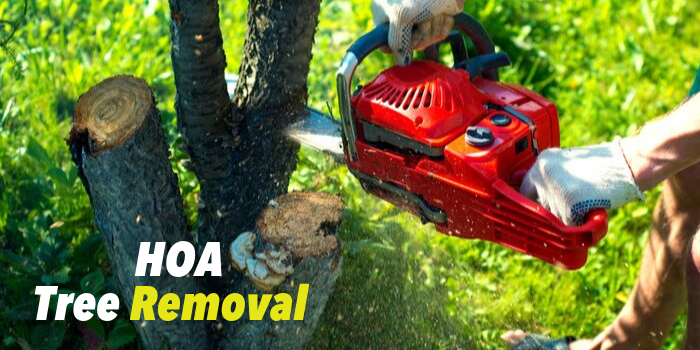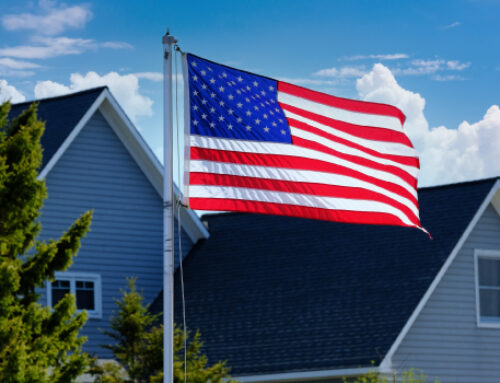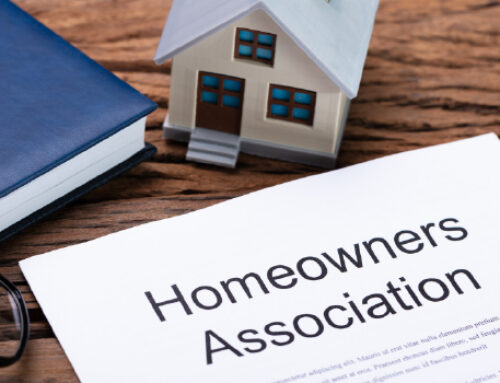Planting trees is a natural, easy way to beautify the landscape of any community. Shared common areas and privately-owned properties within an HOA are often dotted with trees of varying shapes and sizes, and the effect is, for the most part, appreciated by all who live there. However, it’s not uncommon that, for one reason or another, a tree or group of trees needs to be removed. In this scenario, who is responsible for their removal? Should the responsibility be placed on the property owner, developer, or the HOA ?
To best resolve tree removal disputes and plan for future issues, HOAs should consider the following important questions:
Who owns the tree?
It’s a simple question, but not always easily answered. In a dispute, Neighbor 1 may claim that since the base of the tree is on Neighbor 2’s property, it belongs to them, while Neighbor 2 may insist that Neighbor 1 has responsibility for the tree since its roots and foliage are on their side.
State laws can be helpful to HOAs in determining ownership. For example, California civil code states that on whoever’s property the tree trunk fully sits owns the tree, regardless if roots reach into another yard. If the trunk stands partly on two properties, the two parties share ownership. Trees planted in common areas are generally owned by the association, unless specifically stated otherwise in the HOA’s governing documents.
Why does the tree need to be removed?
Tree problems are common in HOAs, and removal may be necessary for a variety of reasons. Perhaps a tree was planted too close to a house and poses a risk of damage to the exterior, or maybe it has become diseased. Other tree liabilities include safety hazards (possible injury from falling or overgrown limbs), overplanting by either the association during development or a nature-loving homeowner, and privacy issues. Owners may call for removal if the tree is blocking their view, is overly messy, or is otherwise difficult to maintain. Determining responsibility for tree removal is often largely decided by the source of the problem. If the roots of a tree planted in a common area are damaging an adjacent homeowner’s walkway or patio, the association would be responsible for the tree’s removal and related repairs. If a tree is damaged or diseased as a result of the property owner’s neglect, that owner should foot the bill for its removal.
What do the governing documents say?
To avoid long and messy disputes, it’s crucial that HOA boards state in clear terms the process for tree removal within the community in the governing documents. Association documents should include language that specifies view conservation, tree maintenance, and planting guidelines, along with tree removal determinations.
When the governing documents leave these decisions to the board, they can be made on a case-by-case basis. When an owner complains that their neighbor’s tree is dropping leaves on their driveway, the board can decide whether the tree is worth trimming or removing and both parties will need to respect the decision. For better or worse, trees are community assets, and the board should consider if and how their removal will affect property values and other important factors.
How can we plan for future disputes?
As with many HOA disputes, preparation is key. The association should consult with landscaping professionals before planting trees to decrease the likelihood of modification and removal in the future. The association should also know and follow local laws and regulations. Boards should review their current governing documents to ensure that clear and precise language ensures simple, effective, and consistent solutions.
For more help with specific HOA management challenges contact Spectrum Association Management to speak with one our experience property managers today.








Tree removal on Common grounds needs to be approved by the Board of Directors or Membership?